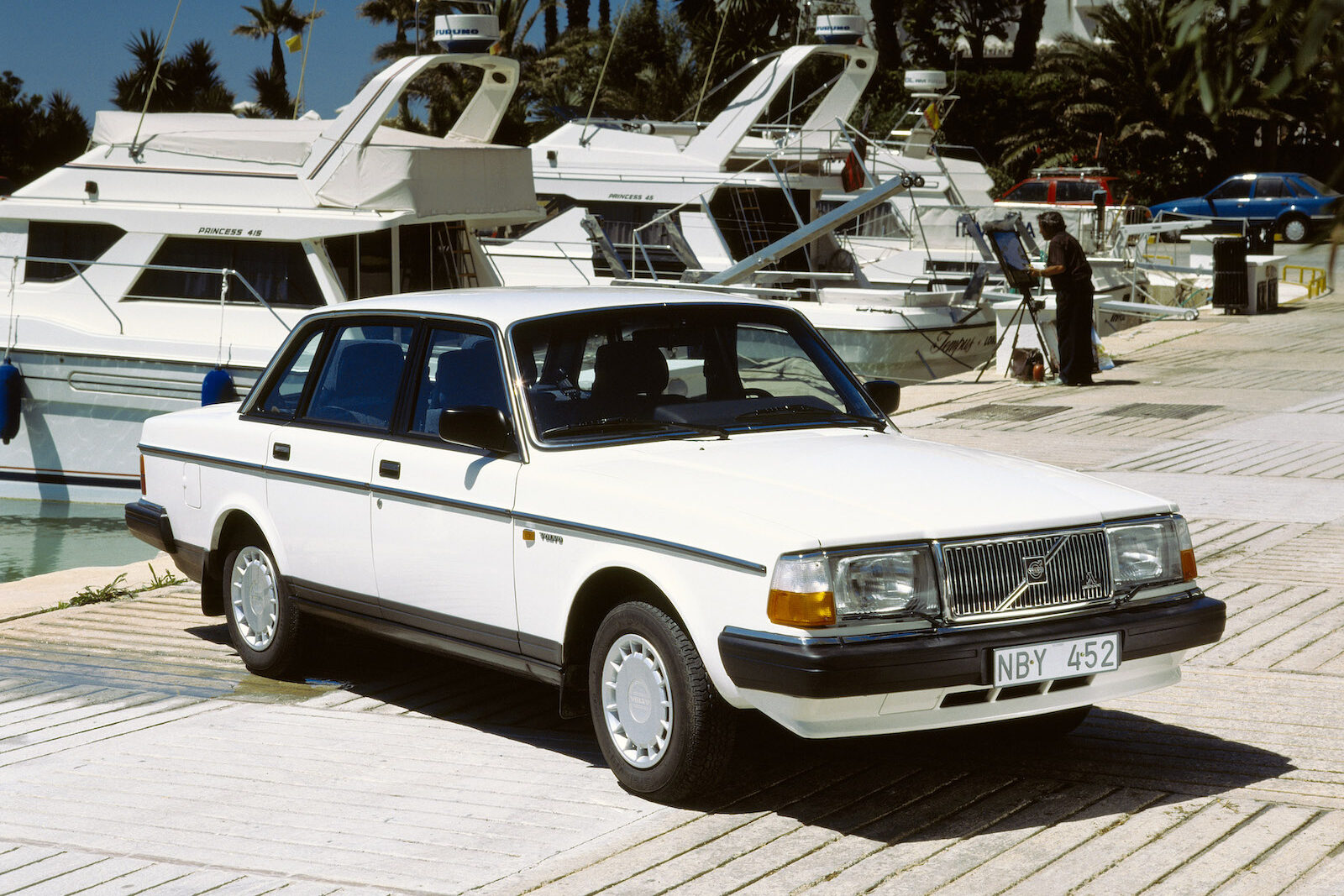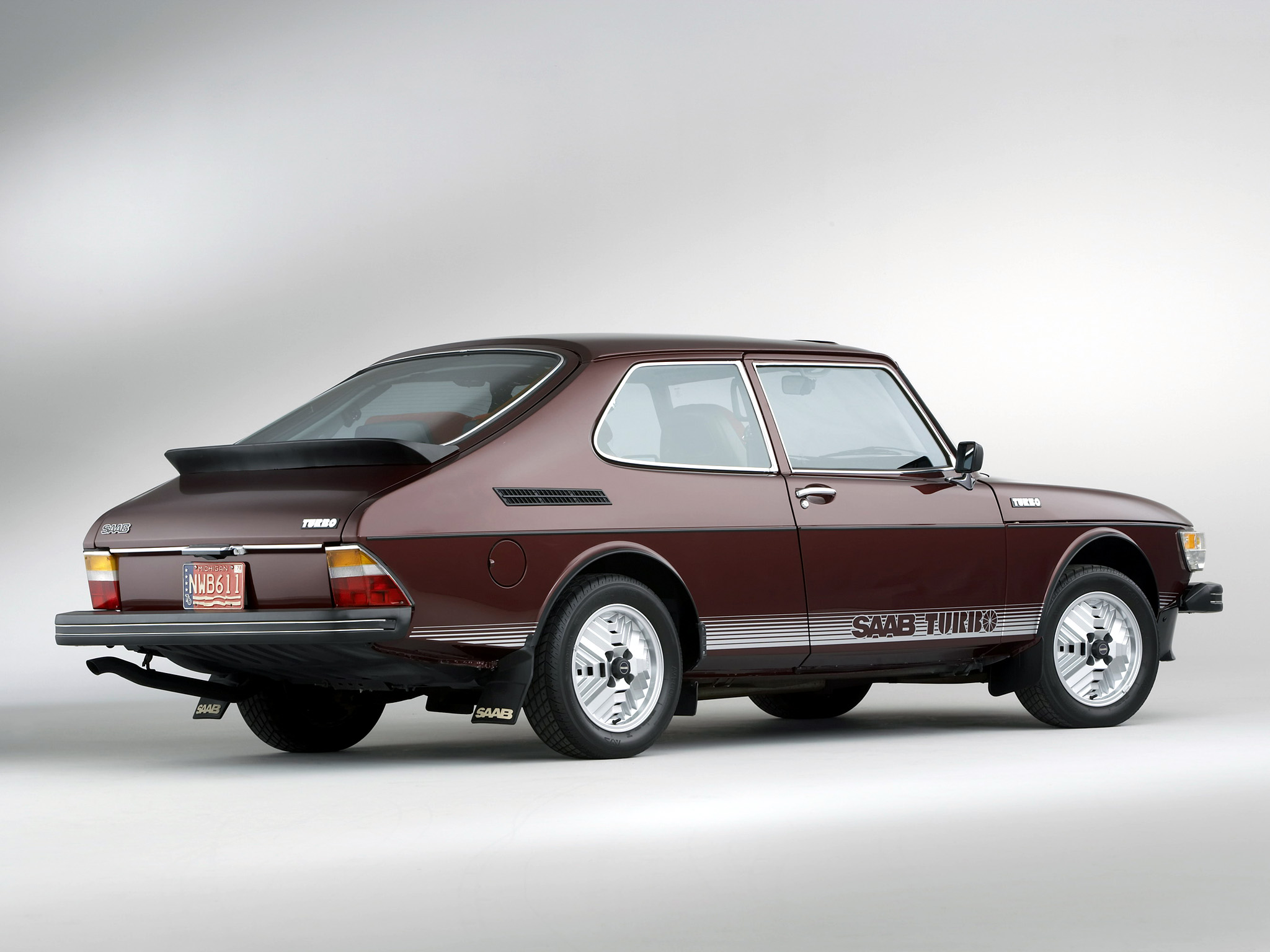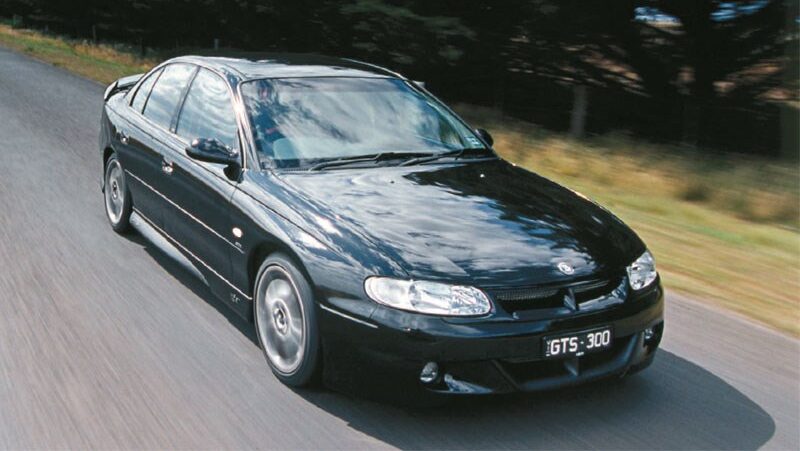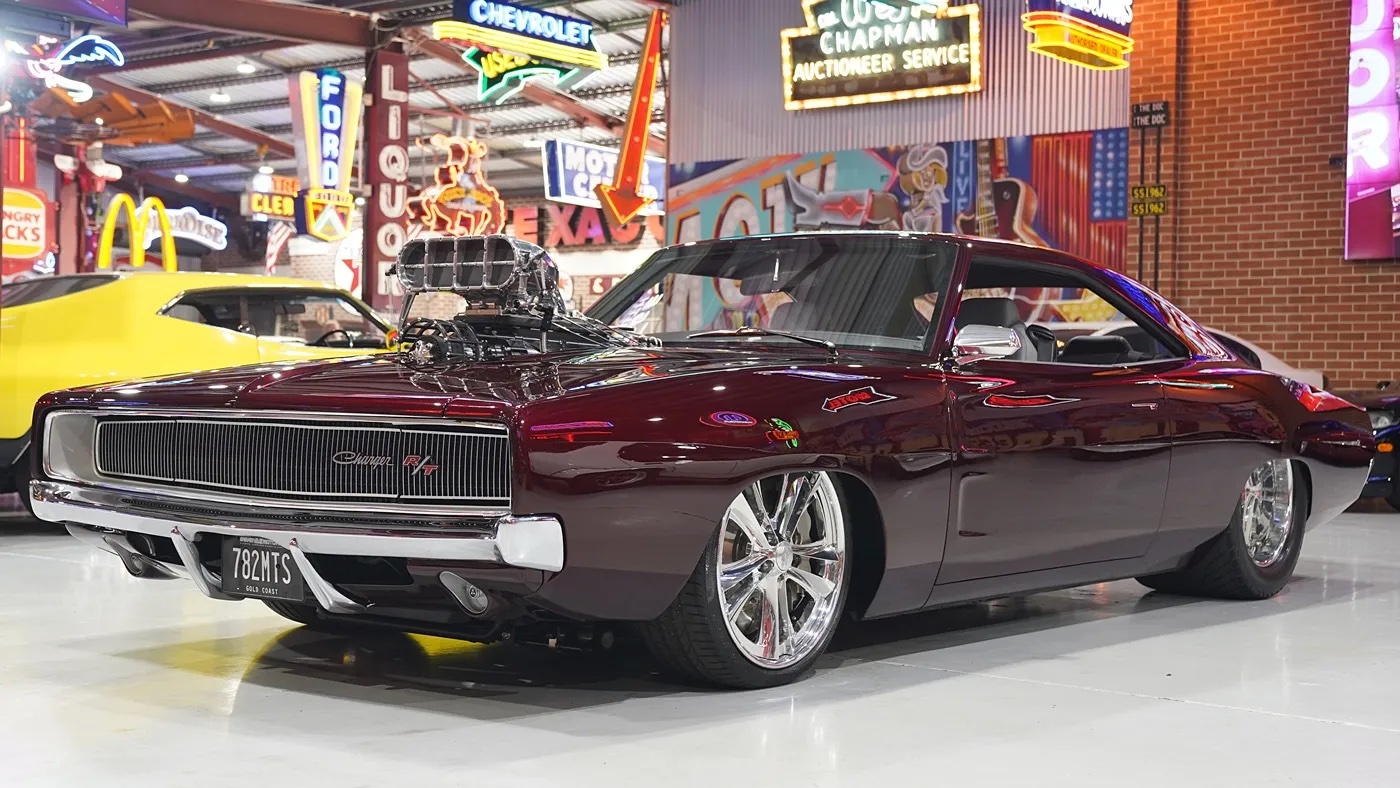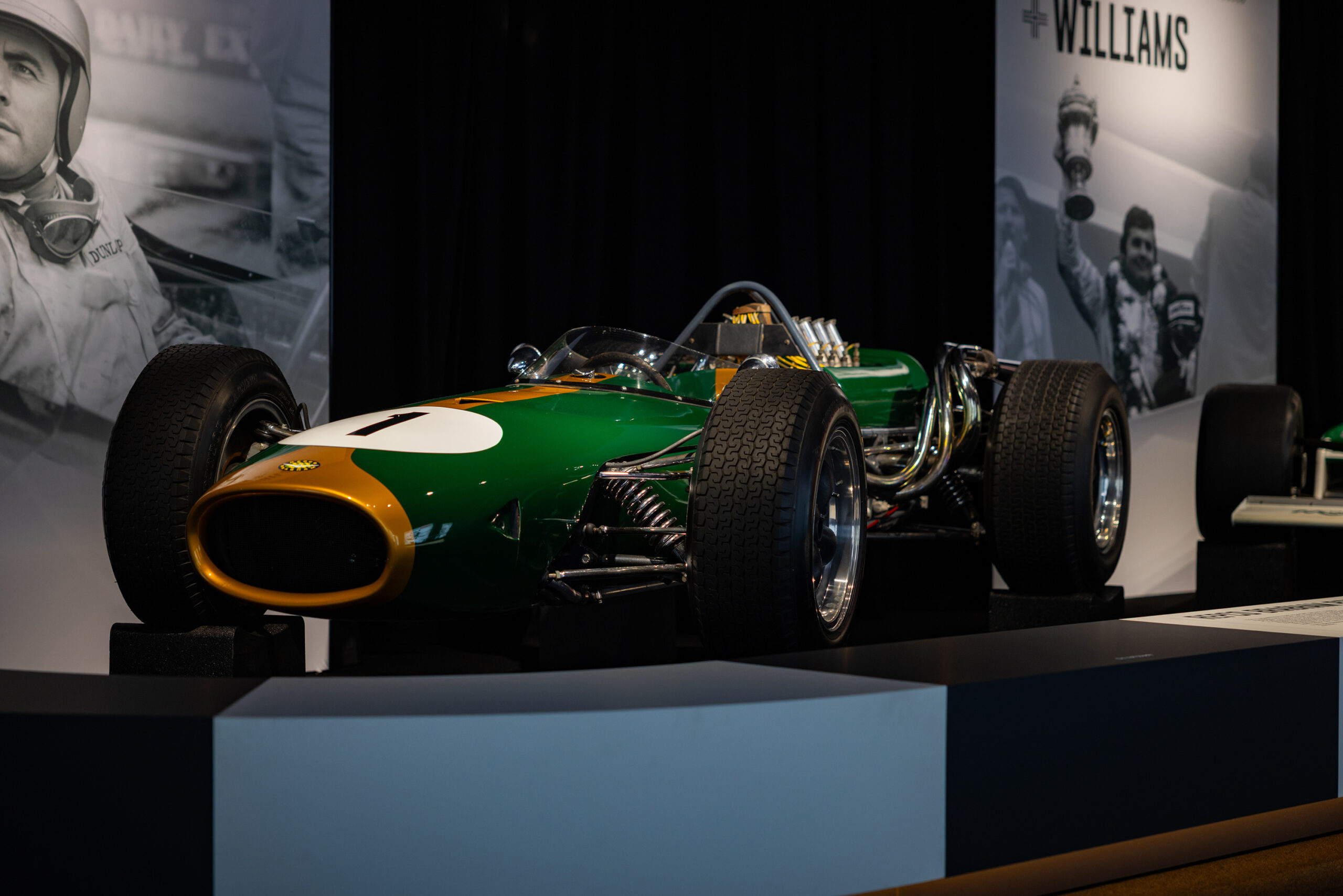Market Analyst Cliff Chambers finds the key to the wishing well and with it a collection of Aussie-built performance machinery to make any enthusiast’s mouth water.
Miracles rarely happen but imagine if they did and that Lotto entry you bought for fun turned out to be a winner.
You took the cruise and bought the house – and the holiday apartment and flybridge cruiser – and now you are sitting back, rich and bewildered, wondering what to do with the rest of that $20 million.
Cars, of course, will be high on the list; something different and interesting to drive every day of the week, but what about a few for the future?
Australian classics with significance etched into every panel may have fascinated you since childhood when you saw them racing up and over the dreaded mountain at Bathurst.
You might even have gone car shopping with a parent and been told not to touch the purple one with the red-wall tyres because “we can’t afford it.” Well, now you can.
Selecting models to fill the shed behind the mansion will be easy for some and a challenge to others. If you’re like me, half the cars in the list below select themselves, but the next five spots took time to fill and are up for debate.
Remember that owning a classic vehicle, or several of them, isn’t risk or cost free. Yes, you can make money as demand for scarce models grows, but they rarely work as Get Rich Quick investments. Cars also need to be stored, serviced, maintained and insured and those costs will eat away at any gains being accrued.
Feel free to fill up the Comments section with alternate choices, but for now here’s my Top 10.
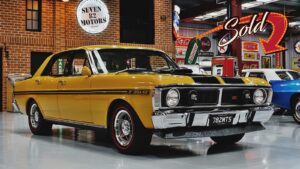
XY GTHO – Image Seven82Motors
FORD FALCON GTHO PHASE III (1971)
This is the Holy Grail of Aussie-built muscle, the car everyone wants no matter its cost. Back in 1985, some 14 years after it was first released, the price of a typical GTHO Phase III was around $23,000; similar to the money that would buy a new Holden Calais VK.
By 2005, good Phase IIIs were topping $400,000 and a few years back surged past $1 million. Values since 2022 have declined again, but excellent, authentic cars still cost around $800,000. Why? No one really knows.
Phase IIIs are a car that ticks aspirational boxes for all kinds of people. Some, now retired will remember watching the Flying Falcons winning races on TV and saying out loud ‘one day I will have one of those.’ A few then accumulated sufficient wealth to fulfil that dream and did so.
Somewhere along the line, the Phase III stopped being accessible or relevant yet it remains the star on top of the Aussie Muscle Car tree and nothing looks likely to dislodge it.
2004 VALUE $100,000-145,000 2024 VALUE $ 550,000-785,000
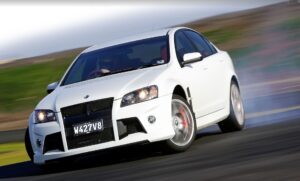
E Series HSV – Image Motor Magazine
HSV E SERIES W427 (2008)
We didn’t know it at the time, but this HSV-fettled Commodore with its ridiculously powerful small-block V8 was very likely the last proper Australian muscle car.
Yes, there would be limited-production models later fitted with superchargers that sold for silly money, but people who cherish their W427s know they have a piece of Australian motoring history under cover in the shed.
Prices during the Pandemic didn’t go super crazy, but you were still unlikely to snare a decent car for anything less than $250,000. Similar prices still apply to cars that have travelled 1000-2000 kilometres a year, but if you want a virtually new one then start looking at around $400,000.
Only 137 of the W427 sedans were made and all of them will have been carefully documented. Values as we head towards the second stanza of this century will, unless social engineering intervenes, continue to climb and people will still pay big bucks to awaken the neighbours with the delicious howl of a Chevy LS7.
2004 VALUE N/A 2024 VALUE $195,000-275,000
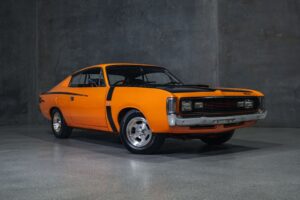
1971 Valiant VH Charger – Image Classics for a Cause
CHRYSLER CHARGER E49 (1972)
Undoubtedly the best car never to have won Bathurst and certainly an under-appreciated collectible, E49 Chargers appear less often than A9X Torana Hatchbacks yet remain significantly cheaper.
At one time, the four-speed, Six Pack Charger was the fastest accelerating six-cylinder car in the world and quicker to 100km/h than the Ford Falcon Phase III GTHO.
Its short wheelbase meant that the Charger would react rapidly in the hands of a skilled driver but could be scary in less capable hands.
E49s were built for racing and getting hold of one when new was almost impossible. Factory records show just 149 were built and perhaps half that number survive.
Finding a car to guide objective pricing is difficult too. As might be expected, any E49 owner who decides to sell has no need to advertise, just consult the ‘call me first’ list of potential buyers.
2004 VALUE $31,500-42,000 2024 VALUE $165,000-235,000
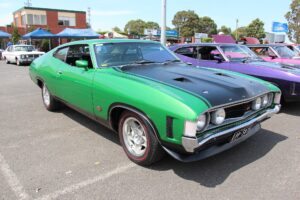
Ford XA GT Coup e RPO 83 – Image Falcon GT Club
FORD XA GT RPO83 HARDTOP (1973)
Probably every devoted Aussie muscle car enthusiast will recall the sale some years ago of a rusty, almost unrecognizable XA Falcon GT Hardtop. This wasn’t even a barn find, it had been left for decades in a chicken shed and led headline writers to dub it the ‘Chicken Coupe.’
At auction it made more than the price of an outstanding regular GT, simply because this was an authentic and untouched example of an RPO83 Hardtop and the closest living relative to a GTHO Phase IV.
RPO83 GTs were built using parts intended for production Phase IVs, had the project not have been axed. This in four-door form should have been the car that Ford took to Bathurst in 1972, although they still did win in 1973 with a modified version of the stock GT Hardtop.
Values 20 years ago moved quickly but not at the same pace as they have since 2015. With the last Phase IV to be publicly sold making more than $2 million, surviving RPO83s stand to benefit from any further gains that those cars or the Phase III might make.
2004 VALUE $24,000-32,000 2024 VALUE $240,000-325,000
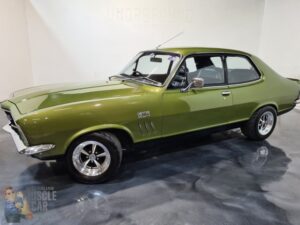
192 LJ Xu1 Torana – Image Australian Muscle Car Sales
HOLDEN TORANA LJ GTR-XU1 (1972)
These were the car that every amateur racer or rally driver wanted to own, and back in the 1980s most of us could afford the asking price, if not the insurance premiums.
Like Chrysler’s E49 Charger, the XU1 didn’t need a V8 to make its mark in various kinds of competition. The LJ’s 3.3-litre engine was fed by triple carburettors and a four-speed gearbox and while 141kW wasn’t massive power, the combination of light weight and helpful gearing ensured the Torana could match the bigger cars on tight circuits.
It also excelled in the rally world, winning four Australian titles and supplying engine technology to Commodores that would fill the podium in the 1979 Repco Rally.
People who bought Toranas before the boom will have enjoyed extraordinary gains; some in the region of 1200 percent since the 1990s. Continued appreciation at that rate is unlikely, but the chance of losing money on a car you can also seriously enjoy is minimal.
2004 VALUE $13,000-19,500 2024 VALUE $135,000-225,000
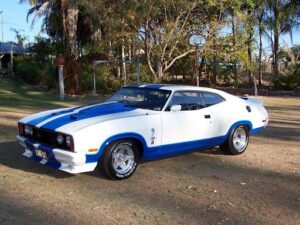
1978 Ford Falcon XC Cobra – Image Falcon Cobra Club
FORD FALCON XC ‘OPTION 97’ COBRA (1978)
Famously finishing in staggered 1-2 formation at Bathurst in in 1977, but nowhere in 1978, the blue-over-white Ford Falcon XC Cobra Hardtops have acquired a following that translates into massive value growth.
Rudimentary versions with 4.9-litre motors and automatic transmission still manage strong six-digit sums, but it is the so-called ‘Bathurst’ XC that sends Ford collectors into a buying frenzy.
These were numbered #2-31 and included features not available to other cars amongst the 400-strong allocation of XC Cobras.
Most obvious was the rearward facing scoop which drew air from the base of the windscreen, but there were other clues such as thermo fans, extra body bracing and modified rear wheelarches that would provide clearance for heavily offset racing wheels.
These cars very rarely appear in the market and any that do are closely scrutinized because some of the first 30 have disappeared and ‘cloning’ is possible.
Putting a definitive value on such cars is difficult, however the survivors must logically rank above RPO83s in terms of desirability, if only because so few exist.
2004 VALUE $33,000-47,500 2024 VALUE $300,000-390,000
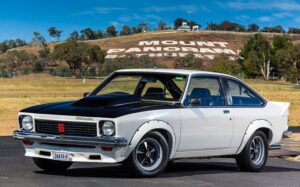
Holden A9X Torana – Image Shannons Club
HOLDEN TORANA A9X HATCH (1977)
Holden’s Golden Child has spawned so many replicas that it is now difficult to find an original LX SS that hasn’t been turned into an A9X ‘tribute’ car.
Real ones do come with one obvious difference though; a reshaped rear floor-pan, made that way to accommodate a more substantial race differential and the widest possible race rims.
Just 100 road-spec examples of the two-door A9X were made, plus 33 race-spec two-doors and 305 with sedan bodywork. The sedans were raced as well, but not with the same success as the Hatch, which won two Bathurst 1000s and the 1978 Australian Touring Car Championship (ATCC) for Peter Brock, plus another ATCC in 1979 for Bob Morris.
Road-going versions of the Hatch have been advertised at around $700,000 and some have sold for more than half a million. Walking the walk in a replica is a popular alternative but still costs up to $250,000.
2004 VALUE $31,500-42,000 2024 VALUE $360,000-480,000

HDT VK Blue Meanie – Image Grays
HDT VK GROUP A (1985)
Very much a barometer of the local muscle car market, the Holden Commodore based VK Group A did the almost impossible and doubled its value within 20 years of release. About the only other cars to do that were the GTHO Phase III – which saw rapid and erratic boom and bust during the 1980s – and the Holden Torana A9X Hatch.
The difference was the VK wasn’t an especially scarce car. Over 550 were built and hardly any road-going versions were used as track cars.
New in 1984, the 5.0-litre Group A had cost around $22,000 and despite tough economic times during the 1990s, they clung onto their original values very well. By the time the 2004 Muscle Car ‘boom’ arrived, a well-kept, low kilometre Blue Meanie was worth $25-30,000. By 2008 when that bubble was about to burst, typical prices had hit $75,000.
Values since then have seesawed without ever going below 2008 levels and quite recently were topping $300,000. An easy choice for those who want a car they can still drive and enjoy (sparingly) while watching its value edge upwards.
2004 VALUE $17,500-24,500 2024 VALUE $155,000-245,000
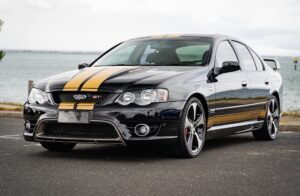
Ford BFII GT 40th Anniversary – Image Ford Australia
FPV BFII GT 40th ANNIVERSARY (2007)
We’re taking a punt on this one, based on a few factors that could see it make significant gains as the years roll by. Yes, it’s a contrived collectible in the manner of previous EB (25th Anniversary) and EL (30th Anniversary ) GTs. But the BFII version isn’t weird looking and comes with solid performance courtesy of its 290kW 5.4-litre V8, plus extras like Brembo brakes and 19-inch wheels.
Just 200 of the BFII Anniversary GT were built, with more than half being manual. Those are the cars to get, especially from pampered environments where owners limited the cars’ use (under 2000km a year is desirable) and kept up with maintenance.
New in 2007 the 40th Anniversary GT cost $65,110 and low kilometre cars already sell at or above that value. Given that the XC Cobra, of which there were 400 built,
took decades to deliver appreciable gains, BFII owners had better get used to the sight of their black-and-gold GTs.
2004 VALUE N/A 2024 VALUE $65,000-95,000
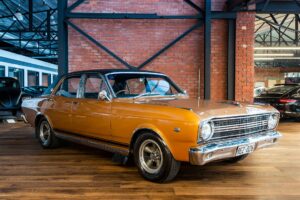
Ford Falcon XR GT – Image Richmonds
FORD FALCON XR GT (1967)
The car that started it all. Back in 1967, Ford had invested heavily in a bigger, US-designed Falcon with space under the bonnet for a V8.
What it needed was some sizzle to go with the sausage and Ford’s clever marketing crew came up with a paintjob they called GT Gold, stripes, GT badges and a set of big, chromed wheel covers.
Winning the annual Bathurst 500 production car race proved tricky, as did building a market for road-going versions. For literally decades, Australia’s inaugural Falcon GT was ignored by collectors and who knows how many were scrapped because rust and crash repairs weren’t justified.
Luckily, the Muscle Car value boom that occurred from 2004-07 saw XRs again become fashionable and values climbed from below $25,000 in 2004 to peak at almost $80,000.
Values by 2024 had doubled again, with the likelihood of an exceptional XR GT breaking the $200,000 barrier.
2004 VALUE $16,500-24,500 2024 VALUE $125-170,000



